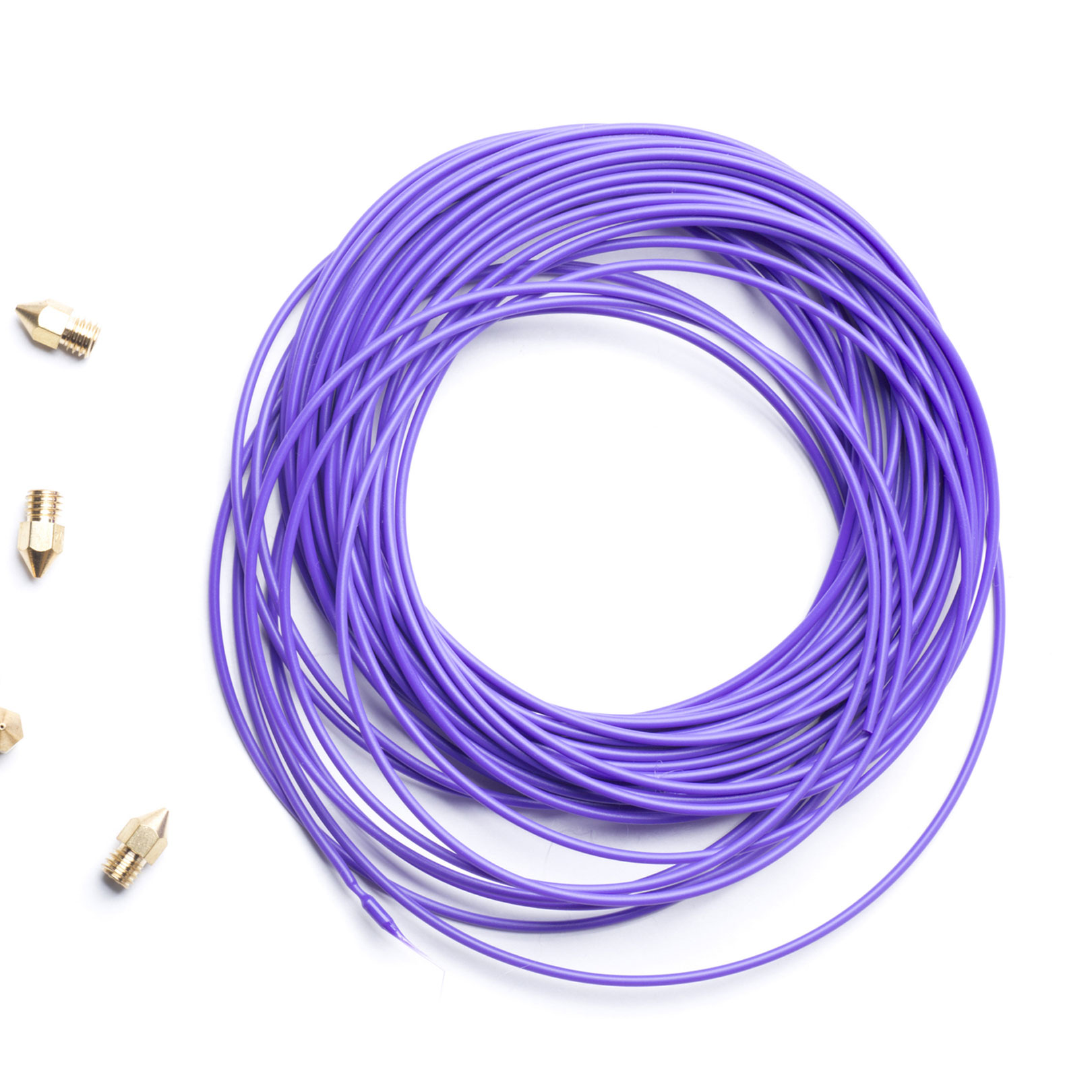PLA vs PETG: Choosing the Right 3D Printing Filament
When it comes to 3D printing, selecting the right filament can make all the difference in the quality and durability of your final product. Among the most popular choices are PLA (Polylactic Acid) and PETG (Polyethylene Terephthalate Glycol).
While both materials have their strengths and weaknesses, understanding their properties can help you choose the best one for your project. Let’s explore the key differences between PLA and PETG to determine which filament suits your needs.
What is PLA?
PLA is a biodegradable thermoplastic made from renewable resources like cornstarch or sugarcane. It is one of the most user-friendly filaments available, making it an excellent choice for beginners. Key characteristics of PLA include:
-
Ease of Use: PLA has a low melting point, which means it prints easily at temperatures between 190°C and 220°C. It adheres well to the print bed without requiring a heated bed, although one can be used.
-
Environmentally Friendly: Being biodegradable, PLA is considered eco-friendly and suitable for projects with sustainability in mind.
-
Surface Finish: PLA produces a smooth and glossy finish, making it ideal for decorative items and prototypes.
-
Brittleness: Despite its advantages, PLA can be brittle and is not suited for applications requiring high durability or flexibility.


What is PETG?
PETG is a modified version of PET, the material used in many plastic bottles. By adding glycol, PETG becomes more flexible and easier to print with than standard PET. It combines the strength of ABS with the ease of printing of PLA. Key characteristics of PETG include:
-
Durability: PETG is much stronger and more impact-resistant than PLA, making it ideal for functional parts and mechanical components.
-
Flexibility: PETG is less brittle than PLA, allowing it to withstand stress without cracking.
-
Heat Resistance: With a higher printing temperature range (230°C to 250°C), PETG can handle higher temperatures, making it suitable for outdoor use and applications exposed to heat.
-
Chemical Resistance: PETG resists chemicals, water, and oils better than PLA, making it a preferred choice for containers and industrial uses.
-
Printing Challenges: PETG’s higher printing temperature can make it prone to stringing and requires careful calibration of printer settings.
Which Should You Choose?
-
Choose PLA if: You’re new to 3D printing or working on projects that don’t require high durability or heat resistance. It’s perfect for aesthetic models, prototypes, and household decorations.
-
Choose PETG if: Your project demands strength, flexibility, and resistance to heat or chemicals. PETG is ideal for functional parts, mechanical components, and outdoor applications.
Final Thoughts
Both PLA and PETG are versatile and widely available 3D printing filaments, each with its own strengths and trade-offs. PLA is the go-to choice for beginners and environmentally conscious creators, while PETG offers enhanced durability and performance for more demanding applications. By understanding your project’s requirements and the unique properties of each filament, you can make an informed decision and achieve the best possible results.
